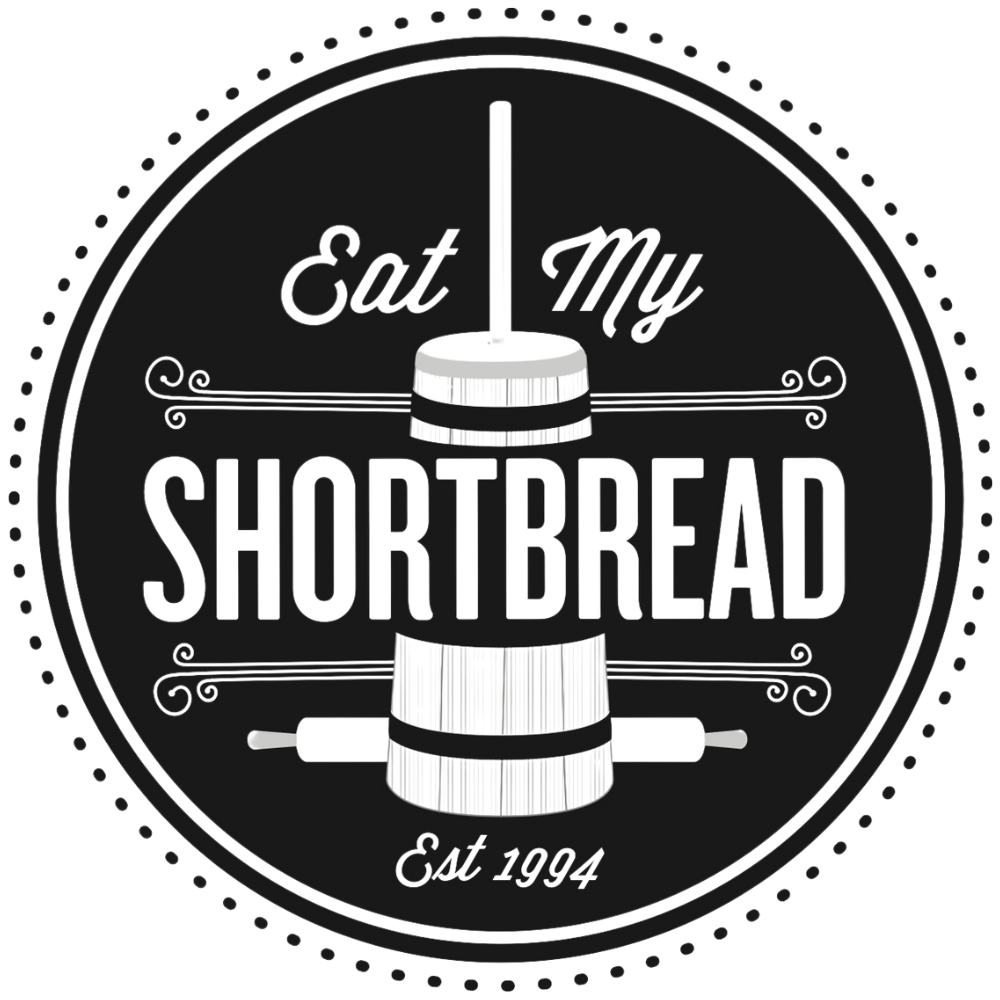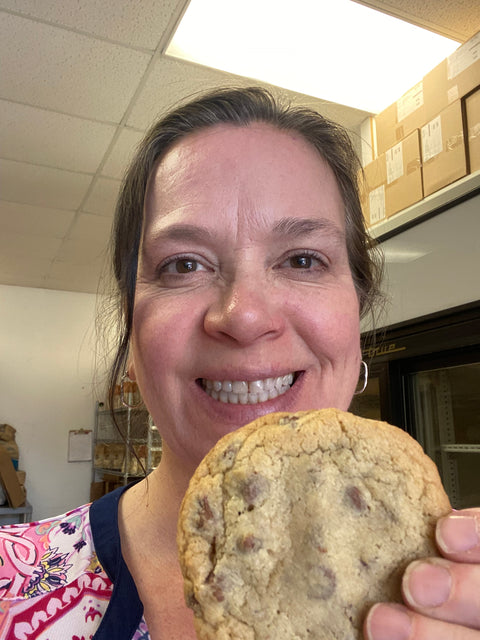
Shortbread is believed to have originated in Scotland in the 12th century, and its name comes from the fact that it has a "short" or crumbly texture. The original recipe for shortbread was simple and consisted of just three ingredients: butter, sugar, and flour. It was often served as a special treat on holidays such as Christmas and Hogmanay (Scottish New Year's Eve).
In the early days, shortbread was a luxury item that only the wealthy could afford. The high cost of butter and sugar meant that it was not something that most people could enjoy on a regular basis. However, as the price of these ingredients began to drop, shortbread became more widely available.
During the reign of Mary Queen of Scots in the 16th century, shortbread started to become more popular. Mary was a fan of the treat and would often serve it to her guests at royal events. This helped to popularize shortbread among the upper classes, and it soon became a staple at Scottish tea parties.
By the 18th century, shortbread had become a common treat throughout Scotland. It was often served with tea or coffee and was a popular snack for both adults and children. At this time, the recipe for shortbread began to evolve, and bakers started to experiment with different ingredients and flavours.
One popular variation of shortbread was the Petticoat Tails, which were thin, delicate cookies that were shaped like a woman's petticoat. Another variation was the "fingers" which were thick rectangular biscuits that were perfect for dunking in tea or coffee.
In the 19th century, the popularity of shortbread continued to grow, and it became a common export for Scotland. Shortbread was shipped all over the world, and it soon became a popular treat in countries such as Canada, Australia, and the United States.
Over time, the recipe for shortbread continued to evolve, and bakers began to add new ingredients to the mix. One popular variation was the addition of ground rice, which gave the shortbread a slightly crunchy texture.
In the 20th century, shortbread recipes became even more diverse, with the addition of ingredients such as chocolate, nuts, and fruit. These new flavors helped to keep shortbread fresh and exciting, and it continued to be a popular treat for people of all ages.
Today, there are countless variations of shortbread, each with its own unique flavor and texture. Some bakers even add spices such as cinnamon or ginger to give their shortbread a bit of a kick.
Shortbread has long been an important part of Scottish culture, and it is often associated with holidays and special occasions. In fact, shortbread is still a popular treat at Scottish weddings, where it is often served as a dessert or given as a gift to guests.
There are also many superstitions and traditions associated with shortbread. For example, it is said that if you break a piece of shortbread into three pieces and make a wish, your wish will come true. And in some parts of Scotland, it is tradition to break a piece of shortbread over the threshold of a new home to bring good luck.
While shortbread has its roots in Scotland, it has become a popular treat all over the world. In Canada, shortbread is often served during the Christmas season, and it is a popular gift to give to friends and family.
In the United States, shortbread is often served as a dessert, and it is a popular treat at tea parties and other social gatherings. Many bakeries and specialty food stores also sell shortbread, often in a variety of flavours and styles.
Shortbread is also a popular treat in Australia and New Zealand, where it is often served with tea or coffee. In these countries, shortbread is sometimes referred to as "shortcake," although the recipe is generally the same.
While traditional shortbread recipes are still popular, many bakers and chefs have put their own spin on the classic treat. Some add flavors such as lavender or rosemary to give their shortbread a unique twist, while others add chocolate chips or nuts for a bit of extra crunch.
There are even savoury shortbread recipes that incorporate ingredients such as cheese, olives, or herbs. These savoury shortbreads are perfect for serving as an appetizer or as part of a cheese platter.
Shortbread has become such an iconic treat that it is now often sold as a souvenir or gift item. Many bakeries and specialty food stores sell shortbread in decorative tins or boxes, making it the perfect gift for friends and family.
In addition to traditional shortbread, there are also shortbread-themed gift items such as tea towels, aprons, and mugs. These items are often decorated with images of shortbread or Scotland, making them a popular souvenir for tourists visiting the country.
Despite its long history, shortbread remains a beloved treat today. Its buttery, crumbly texture and sweet, delicate flavour make it the perfect snack for any occasion. Whether enjoyed with a cup of tea or coffee, or served as a dessert at a special event, shortbread is sure to delight anyone who tries it.
With its rich history, diverse flavours, and enduring popularity, it's no wonder that shortbread has become a beloved treat all over the world. So the next time you indulge in a piece of this iconic cookie, take a moment to appreciate the history and culture that has made it the timeless treat we know and love today.


Comments (0)
There are no comments for this article. Be the first one to leave a message!